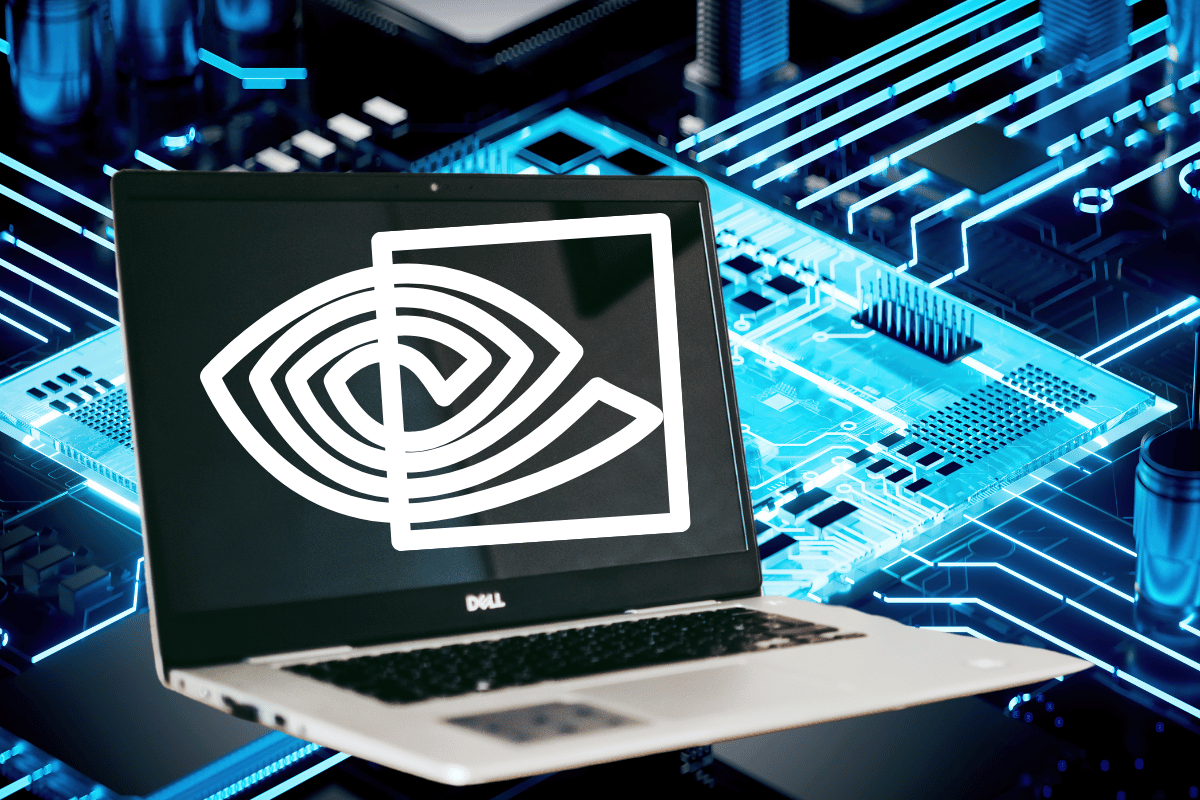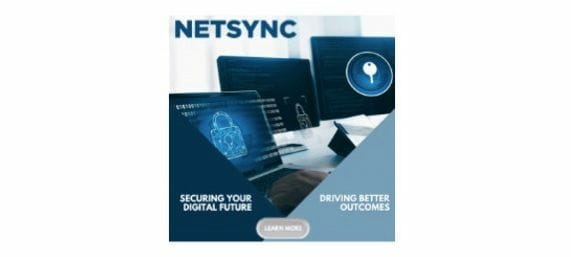

AI Generated and Human Crafted
Welcome to another edition of the Cybervizer Newsletter.
Our goal is not just to keep you updated with the latest AI, cybersecurity and other crucial tech trends and breakthroughs that may matter to you, but also to feed your curiosity.
Thanks for being part of our fantastic community!
In this edition:
Did You Know
Original Article: Can Generative AI Improve Your Cybersecurity Posture in 2024 and Beyond?
Artificial Intelligence news & Bytes
Cybersecurity News & Bytes
Power Prompt
Solution Spotlight: Darktrace: Autonomous Cyber AI with ActiveAI Security Platform
AI & Cyber Jobs
Social Media Images
Did You Know
Did you know generative AI can help with art restoration? Generative AI can reconstruct missing parts of ancient artworks, preserving cultural heritage.
Did you know generative AI can simulate climate patterns, ecosystem dynamics, and pollution levels for environmental scientists?
Did you know that generative AI generates can automate testing by generating test cases, scenarios, and edge cases for software testing, improving quality assurance?
Did you know generative AI can personalize education? Generative AI customizes learning materials, quizzes, and exercises for students based on their progress and needs.
Original Article: Can Generative AI Improve Your Cybersecurity Posture in 2024 and Beyond?
Are you keeping pace with the relentless evolution of cybersecurity? Have you integrated the most recent technologies into your security infrastructure to tackle the ceaselessly emerging threats, or are you clinging to the comfort of time-tested yet increasingly obsolete methods? Unless you are part of the small fraction of businesses that have already embraced generative AI for their cybersecurity needs, it's time to seriously contemplate its adoption.
Many security manufacturers are racing to include generative AI capabilities in their offerings. Microsoft was one of the first with their Security CoPilot. Other manufacturers are doing the same, so expect to see a bunch of new announcements soon.
In this article, we will take a look at both the pros and cons on utilizing generative AI to improve your cybersecurity posture.
What's The Fuss About Generative AI?
It's a subfield of artificial intelligence that's focused on creating new, previously non-existent data, spanning across various formats such as text, images, or even intricate code. This isn't merely a shiny new toy in the tech landscape—it's a revolution for cybersecurity. The reason? It can recognize and respond to novel, sophisticated forms of attacks that would have likely eluded traditional systems, ensuring your organization stays one step ahead.
How Generative AI Can Improve Cybersecurity
Let's delve deeper into the workings of generative AI in the cybersecurity realm:
Unearthing Hidden Threats: Generative AI is like a detective with a magnifying glass, meticulously sifting through mountains of data, unearthing patterns that scream 'threat.' By doing so, it can spot nascent forms of attacks, offering a preemptive strike capability.
Swift and Effective Response: Detection is only the first step. Generative AI excels in response too. It can react to attacks faster and more effectively than traditional systems, nimbly producing custom armor for unseen malware, ensuring your digital assets remain unscathed.
A Trustworthy Compliance Ally: Generative AI can prove to be an invaluable aid in the ever-so-tricky realm of data protection and privacy regulations. It can generate detailed, timely reports on data breaches and other security incidents, turning the tedious task of compliance into a walk in the park.
You could be wondering why you should consider generative AI in your cybersecurity strategy at all. Here's some reasons why:
Boost Detection Rates: Generative AI can uncover new forms of attacks that conventional systems could easily overlook. It's akin to having a vigilant security guard with night vision goggles, ready to spot danger in the darkest corners.
Slash Response Time: Generative AI is the sprinter of cybersecurity. It can respond to attacks in record time, much quicker than conventional cybersecurity systems, providing an immediate and robust shield against intrusive malware.
Significant Cost Reduction: Generative AI takes over a host of tasks related to threat detection and response, effectively slashing the cost of cybersecurity and freeing up resources for other essential business operations.
Enhance Compliance Capabilities: Generative AI shines as a compliance partner. It can significantly aid in meeting data protection and privacy regulations by automating the generation of comprehensive, compliant reports.
However, the advantages of generative AI extend far beyond the higher-level more strategic ones listed above. Here are some additional ways it can bolster your cybersecurity:
Craft hyper-realistic phishing emails: Generative AI can create convincingly realistic phishing emails that are more likely to deceive users. By doing so, it can help organizations raise awareness about the intricacies of phishing attacks, significantly reducing the risk of data breaches.
Create bespoke security policies: Generative AI can craft security policies customized to the specific needs and risk profiles of an organization. This tailored approach can significantly enhance your security posture, reducing the risk of potentially crippling cyberattacks.
Thoroughly test security controls: Generative AI can comprehensively test security controls, spotting vulnerabilities that could be exploited by malicious entities. By thoroughly testing security controls, it allows organizations to mend these weak spots, fortifying their defenses against cyber threats.
Early Entries in to the Security Race
Here is a list of security manufacturers that have announced generative AI in their offerings (there are others):
Microsoft has Security Copilot, a tool that uses generative AI to help security analysts find and fix security vulnerabilities.
SentinelOne has a new threat hunting platform that uses generative AI to identify and respond to threats in real time.
Skyhawk Security has added a threat detection feature to its cloud threat detection and response platform that uses generative AI to identify and respond to threats in real time.
Tenable Research has released four tools on GitHub that use generative AI to identify vulnerabilities faster and more efficiently.
Overhaul has RiskGPT, a feature for its compliance and risk platform that uses generative AI to improve supply chain visibility, incident response time, and risk assessment capabilities.
Palo Alto Networks has Cortex XDR, a next-generation security platform that uses generative AI to identify and respond to threats across the entire enterprise.
Fortinet has FortiAI, a suite of security products that use generative AI to improve threat detection, response, and prevention.
Cisco has XDR, a security platform that uses AI to automate security operations and improve threat response.
Check Point has Infinity Next, a security platform that uses generative AI to identify and respond to threats in real time.
The manufacturers listed above are just a few of the security manufacturers that have announced generative AI in their offerings. As generative AI technology continues to develop and more uses cases and data are unveiled, we can expect to see even more security vendors adopt this technology to improve their offerings.
There Are Challenges to Using Generative AI
On the other hand, deploying generative AI in cybersecurity isn't without it's concerns. There are some hurdles that organizations should be aware of:
Data Needs: Generative AI is like a knowledge sponge—it requires a large volume of data to train and fine-tune its accuracy. Organizations that do not have access to such extensive data may find this a significant challenge.
Bias: Generative AI can exhibit bias if it is trained on an unrepresentative dataset, leading to false positives or negatives. This can significantly undermine its effectiveness and reliability. It is important to recognize and try to eliminate or dramatically reduce any bias in the data and results.
Complexity: Generative AI models can be intricate and difficult to understand, making it a challenge for organizations to utilize them effectively. Focus on having good training data and a strong testing program.
Wrapping Up
Generative AI is a burgeoning technology poised to transform the cybersecurity industry with security manufacturers leading the way. While generative AI does have a few challenges, the potential benefits likely outweigh them depending on your proposed use. Just seeing all the investments and announcements by the security manufacturers lends credence to the potential for generative AI in cybersecurity.
As the cyber threat landscape continues to evolve rapidly, generative AI is expected to play an increasingly pivotal role. Especially in improving the security posture of organizations against increasingly more sophisticated and prevalent cyber threats. So, it is time to stop watching from the sidelines and look at adding generative AI to your security tool chest.
Artificial intelligence News & Bytes 🧠
Cybersecurity News & Bytes 🛡️
Instantly calculate the time you can save by automating compliance
Whether you’re starting or scaling your security program, Vanta helps you automate compliance across frameworks like SOC 2, ISO 27001, ISO 42001, HIPAA, HITRUST CSF, NIST AI, and more.
Plus, you can streamline security reviews by automating questionnaires and demonstrating your security posture with a customer-facing Trust Center, all powered by Vanta AI.
Instantly calculate how much time you can save with Vanta.
AI Power Prompt
Reinforce knowledge and boost confidence: The following prompt can aid in creating short quizzes on the topics you’ve learned to reinforce your knowledge and boost your confidence on a given subject.
Act as a world-class educator specializing in designing quizzes. Given the following context, criteria, and instructions, create a short quiz to test knowledge on [Topic To Learn].
## Context
The audience consists of individuals looking to test their knowledge on [Topic To Learn]. The quiz should include a mix of multiple-choice questions, true/false statements, and fill-in-the-blank questions.
## Approach
Design a well-rounded quiz covering various aspects of [Topic To Learn]. Ensure that the quiz is engaging and provides a fair assessment of the participants' knowledge.
## Response Format
The quiz should consist of 10 questions in total, including 5 multiple-choice questions, 3 true/false statements, and 2 fill-in-the-blank questions. Provide a clear and concise explanation for the correct answer to each question.
## Instructions
1. Include questions that cover both basic and advanced concepts of [Topic To Learn].
2. Ensure that the questions are clearly worded and easy to understand.
3. Provide clear instructions and time limits for each section of the quiz.
4. Ensure that the answers are easy to grade and provide a fair assessment of the participants' knowledge.
Note: Any words in [Word] in brackets like that is a variable that you insert or add. Here is the format to add variable after the prompt: [Word] = Your answer for variable
Solution Spotlight

Image Credit: DarkTrace Holdings Limited.
Darktrace: Autonomous Cyber AI with ActiveAI Security Platform
Darktrace is a pioneer in applying artificial intelligence to cybersecurity, offering unparalleled threat detection and response capabilities through its innovative ActiveAI Security Platform.
In today’s evolving threat landscape, organizations need advanced solutions to protect their digital assets. Darktrace provides a unique approach to cybersecurity. Here are the key features:
Autonomous Threat Detection:
Darktrace's ActiveAI Security Platform autonomously detects and responds to threats in real time.
It identifies novel and sophisticated cyber threats without relying on predefined rules or signatures.
Self-Learning AI:
The platform continuously learns from the network environment, evolving its understanding of normal behavior to better detect anomalies.
This self-learning capability ensures that Darktrace adapts to the unique characteristics of each organization’s network.
Proactive Defense:
Darktrace Antigena, the platform’s autonomous response module, takes immediate action to contain threats, preventing them from spreading within the network.
It provides a crucial layer of defense, allowing security teams to focus on more strategic tasks.
Unified Visibility:
Darktrace offers a single pane of glass view, correlating data from across the digital estate, including cloud, email, and IoT.
This holistic visibility ensures comprehensive threat detection and response, enhancing overall security posture.
Darktrace’s ActiveAI Security Platform provides enterprise-wide visibility, detects advanced threats, and automates incident response. CIOs, CISOs, and cybersecurity professionals can rely on it to protect their organizations effectively. 🛡️🤖🔍
Read more about Darktrace.
AI & Cyber Jobs
Cybersecurity Jobs List
Artificial Intelligence Jobs List
DIGITAL OUTCOMES THAT CONNECT YOU
Netsync focus on relationships and works in close collaboration with you to carefully assess your business priorities then collaborate with you to determine and implement the best solutions and technologies for you.
Questions, Suggestions & Sponsorships? Please email: [email protected]
Way to go for sticking with us till the end of the newsletter! Your support means the world to me!
Also, you can follow me on Twitter(X) @mclynd for more cybersecurity and AI.
Thank you!
If you do not wish to receive this newsletter anymore, you can unsubscribe below. Sorry to see you go, we will miss you!










Social Media Images of the Week